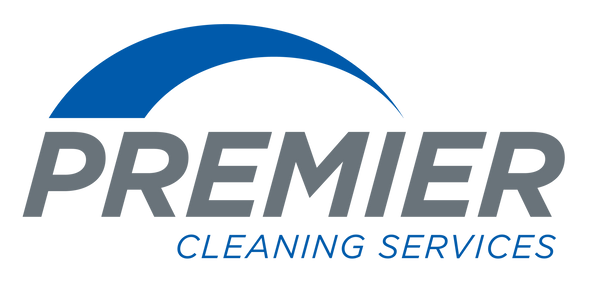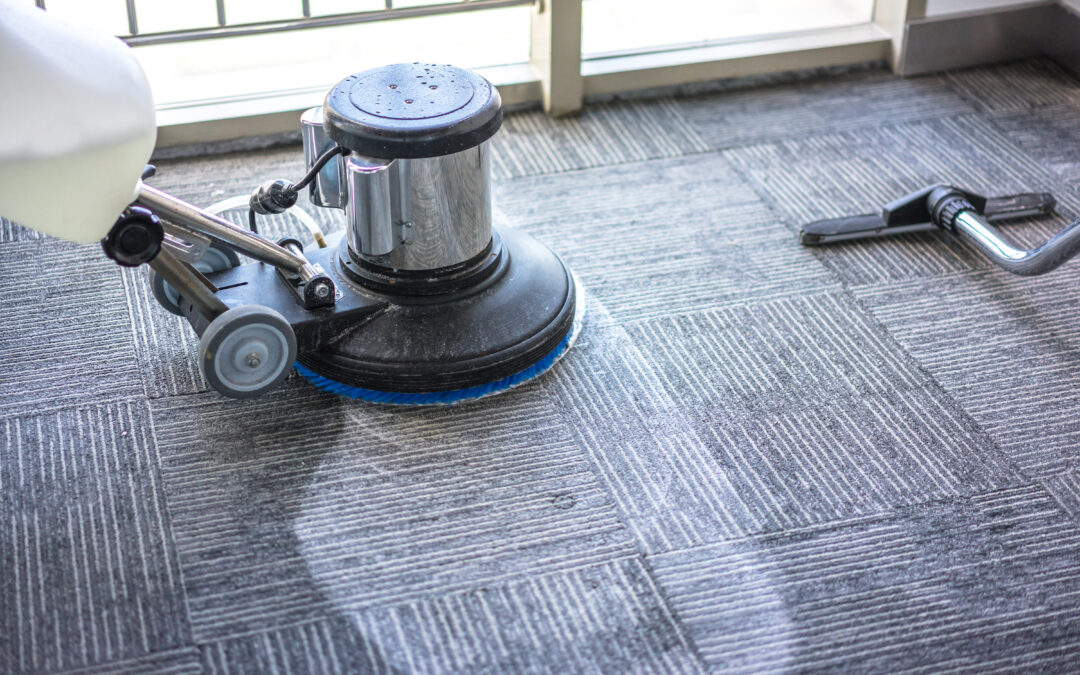Introduction
Carpeting is a common flooring choice for commercial spaces due to its comfort, insulation, and aesthetic appeal. However, maintaining carpets in high-traffic areas can be a daunting task. Dirty and stained carpets not only affect the appearance of your workspace but can also impact the health and well-being of employees and visitors. In this blog post, we’ll explore effective strategies and techniques to tackle carpet cleaning in commercial spaces and ensure a clean and healthy environment for all.
Understanding the Importance of Clean Carpets
Before we dive into the nitty-gritty of carpet cleaning techniques, it’s essential to grasp why clean carpets matter in commercial settings.
First Impressions: Carpets are one of the first things people notice when entering a commercial space. A clean, well-maintained carpet creates a positive first impression, conveying professionalism and attention to detail.
Health and Hygiene: Carpets trap dust, dirt, allergens, and even bacteria. Regular cleaning not only enhances the indoor air quality but also promotes a healthier workplace, reducing the risk of allergies and respiratory issues among employees.
Prolonged Lifespan: Carpets are a significant investment for any business. Proper cleaning and maintenance can extend their lifespan, saving you money in the long run.
Safety: Stained or wet carpets can be hazardous, causing slips and falls. Regular cleaning helps eliminate such risks, ensuring a safe environment for everyone.
Carpet Cleaning: A Guide
Develop a Carpet Cleaning Schedule
Consistency is key when it comes to carpet cleaning in commercial spaces. Create a cleaning schedule tailored to your specific needs. Factors to consider include foot traffic, the type of business you run, and the carpet’s material.
High-traffic areas may require more frequent cleaning, while areas with less foot traffic can be cleaned less often. A typical schedule might include daily vacuuming, weekly spot cleaning, and monthly deep cleaning.
Invest in High-Quality Equipment
To tackle carpet cleaning efficiently, invest in high-quality equipment. A good commercial vacuum cleaner is a must-have. Look for one with strong suction power and HEPA filters to effectively remove dust and allergens from the carpet.
For deep cleaning, consider a commercial-grade carpet cleaner or extractor. These machines use hot water and cleaning solutions to penetrate deep into the carpet fibers and remove dirt and stains. If your budget allows, a professional steam cleaner can be an excellent investment.
Train Your Cleaning Staff
Even the best equipment is ineffective without properly trained personnel. Ensure that your cleaning staff understands the nuances of carpet cleaning. Provide training on using equipment, handling cleaning solutions, and addressing different types of stains.
Encourage them to follow manufacturer recommendations for cleaning and maintenance to avoid damaging the carpet. Regular training sessions and updates on the latest cleaning techniques can keep your staff proficient in their duties.
Start with Regular Vacuuming
Regular vacuuming is the foundation of carpet maintenance. The CDC (Centers for Disease Control) states that it helps remove surface dirt, dust, and debris before they settle deep into the carpet fibers and become an inhalation risk. Here are some tips for effective vacuuming:
- Use a vacuum cleaner with a beater bar or brush attachment to agitate and loosen dirt.
- Vacuum in multiple directions to ensure thorough cleaning.
- Pay extra attention to high-traffic areas and entryways.
- Empty the vacuum bag or canister regularly to maintain suction power.
Address Stains Promptly
Stains are inevitable in commercial spaces, but prompt action can prevent them from becoming permanent eyesores. Have a designated stain removal kit on hand, including carpet stain remover, clean white cloths, and a carpet brush. Follow these steps for stain removal:
- Blot the stain gently with a clean cloth to absorb as much liquid as possible.
- Apply a small amount of carpet stain remover to a clean cloth and blot the stain. Avoid rubbing, as it can push the stain deeper into the carpet.
- Rinse the area with clean water and blot dry with a clean cloth.
Different types of stains may require specific treatments, so be prepared with a variety of stain removal products. Remember that some stains may be stubborn and require professional cleaning.
Deep Clean Periodically
In addition to daily maintenance, deep cleaning is essential to keep your carpets looking and smelling fresh. Depending on your carpet’s condition and foot traffic, deep cleaning can range from quarterly to semi-annually. Here are the steps for a thorough deep cleaning:
Preparation: Clear the area of furniture and obstacles to access the entire carpeted surface.
Vacuuming: Begin by vacuuming the carpet thoroughly to remove loose dirt and debris.
Spot Treatment: Address any visible stains with appropriate stain removers before proceeding with deep cleaning.
Hot Water Extraction: Use a commercial carpet cleaner or extractor to apply hot water and cleaning solution to the carpet. The machine agitates the fibers and then extracts the dirty water, along with loosened dirt and stains.
Drying: Ensure the carpet dries completely to prevent mold and mildew growth. Use fans and open windows to expedite the drying process.
Post-Cleaning Inspection: After the carpet is dry, inspect it for any remaining stains or spots. Address them promptly.
Hire Professional Cleaners
While regular maintenance can go a long way, there’s no substitute for professional carpet cleaning. Consider hiring a reputable commercial cleaning service for periodic deep cleaning. Professionals have the expertise and equipment to tackle even the toughest stains and restore your carpets to their original condition.
Use Carpet Protectors
Carpet protectors, such as Scotchgard, can be applied after deep cleaning to guard against future stains. These products create a protective barrier on the carpet fibers, making it easier to clean spills and preventing them from penetrating the carpet.
Implement Matting Systems
Prevention is often the best way to maintain clean carpets. Implementing matting systems at entryways can help trap dirt and moisture before it reaches your carpets. High-quality entrance mats can significantly reduce the amount of dirt brought into your commercial space.
Monitor and Adjust
Finally, continually monitor the condition of your carpets and adjust your cleaning schedule and methods as needed. If you notice increased staining or wear in certain areas, consider more frequent cleaning or additional protective measures.
Conclusion
In conclusion, maintaining clean carpets in commercial spaces is a crucial aspect of creating a positive and healthy work environment. With a well-defined cleaning schedule, proper equipment, trained staff, and a proactive approach to stain removal and deep cleaning, you can ensure that your carpets remain an asset to your business rather than a liability. Remember that investing in carpet maintenance not only enhances your workspace’s appearance but also contributes to the well-being and productivity of your employees and visitors. So, take the time to tackle carpet cleaning in your commercial space effectively, and reap the rewards of a cleaner and healthier workplace.
Interested in taking your business to the cleanest level? Contact Premier Cleaning Services today to request a free estimate.

